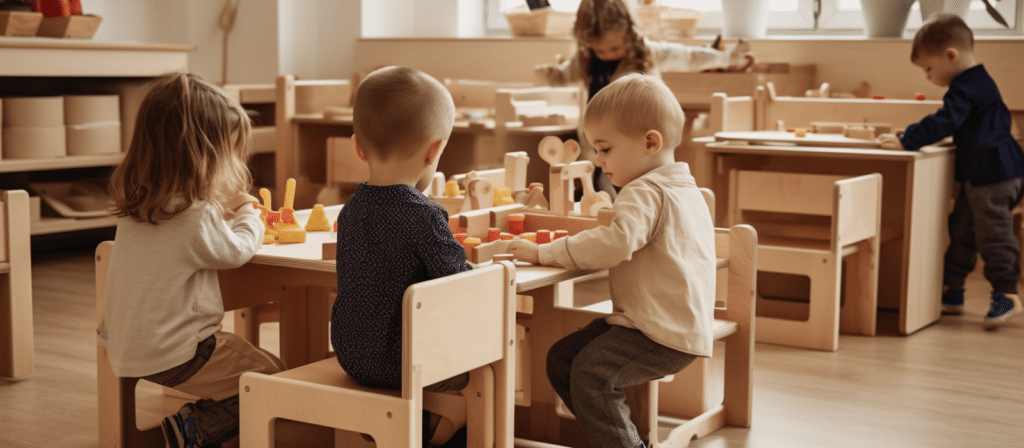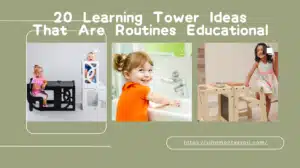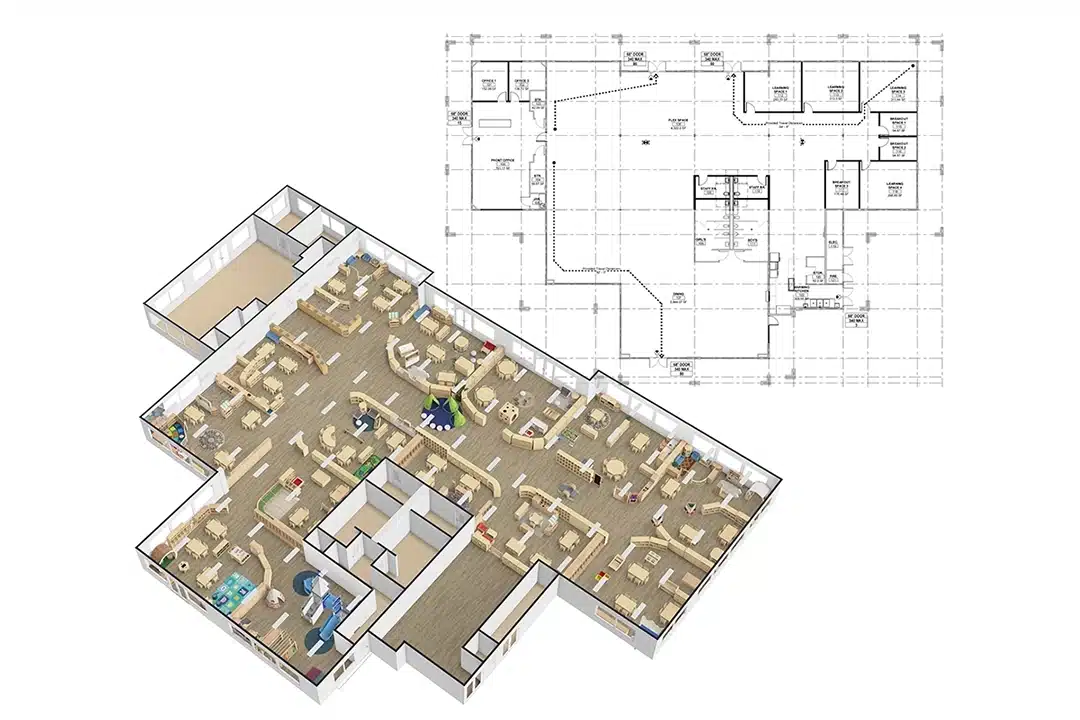Are you curious about the evolving world of preschool furniture design? Wondering how classrooms are adapting to meet the changing needs of young learners? Join us as we explore the latest trends in preschool furniture design and how they are shaping the future of early childhood education.
In today’s educational landscape, preschool furniture is undergoing a significant transformation. Designers and educators are prioritizing functionality, flexibility, sustainability, and child-centered aesthetics to create learning spaces that enhance the overall educational experience for young children.
Are Ergonomics the Key to Comfort and Focus?
When it comes to preschool furniture, comfort and focus are of utmost importance. Young children spend a significant amount of time sitting at their desks, so it’s essential to prioritize ergonomic design. Ergonomic furniture ensures that children maintain proper posture, reducing the risk of musculoskeletal disorders and promoting better concentration.
The latest trend in preschool furniture design is the incorporation of adjustable features. Adjustable chairs and desks allow for customization based on each child’s height and size. This not only enhances comfort but also accommodates the diverse needs of the students. Additionally, ergonomic furniture often includes features such as lumbar support and adjustable table angles, further enhancing the overall comfort and focus of the children.
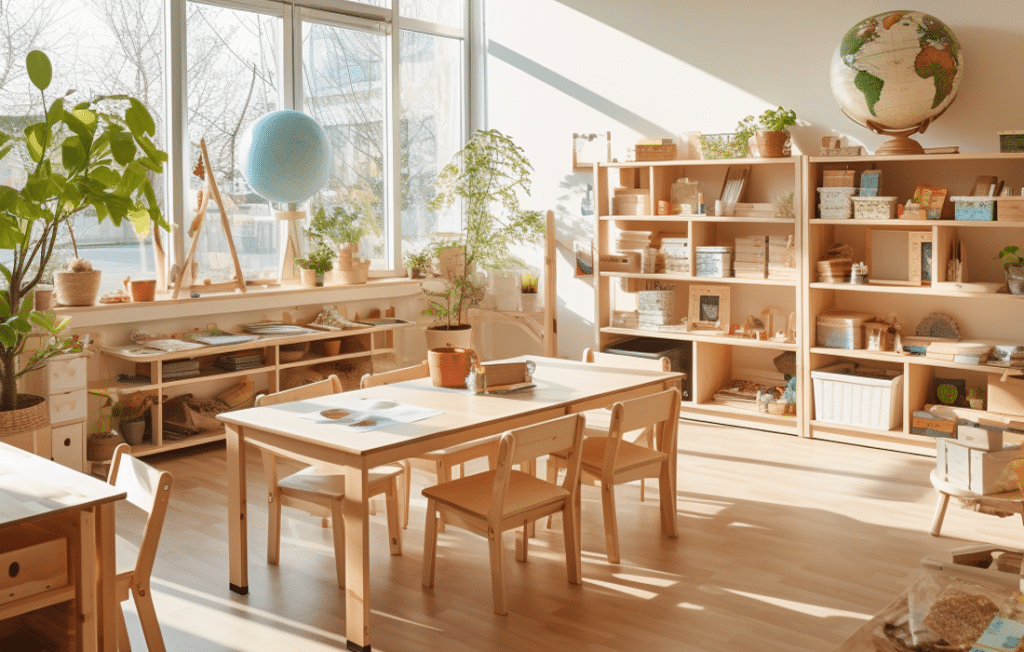
Is Sustainability the New Black?
In today’s world, sustainability is a hot topic, and it has made its way into the realm of preschool furniture design as well. Eco-friendly materials and manufacturing processes are gaining popularity in the industry, as educators and parents recognize the importance of instilling sustainable values in children from an early age.
Preschool furniture made from recycled or renewable materials, such as bamboo or recycled plastic, is becoming increasingly prevalent. These materials not only reduce the environmental impact but also serve as valuable teaching tools for children to learn about sustainability. Additionally, furniture designed with modular components allows for easy repair and replacement, extending the lifespan of the products and reducing waste.
Does Flexibility Foster Creativity?
Flexibility in classroom design is another emerging trend in preschool furniture. Traditional classroom setups with fixed desks and chairs limit children’s ability to collaborate and engage in different learning activities. Flexible furniture, on the other hand, encourages movement, creativity, and exploration.
Flexible seating options, such as bean bags, floor cushions, and wobble stools, promote active learning and provide children with the freedom to choose their preferred seating arrangement. This not only improves their physical well-being but also allows for more dynamic and interactive learning experiences. By incorporating various seating options, preschools can create versatile learning environments that cater to the diverse needs and learning styles of their students.
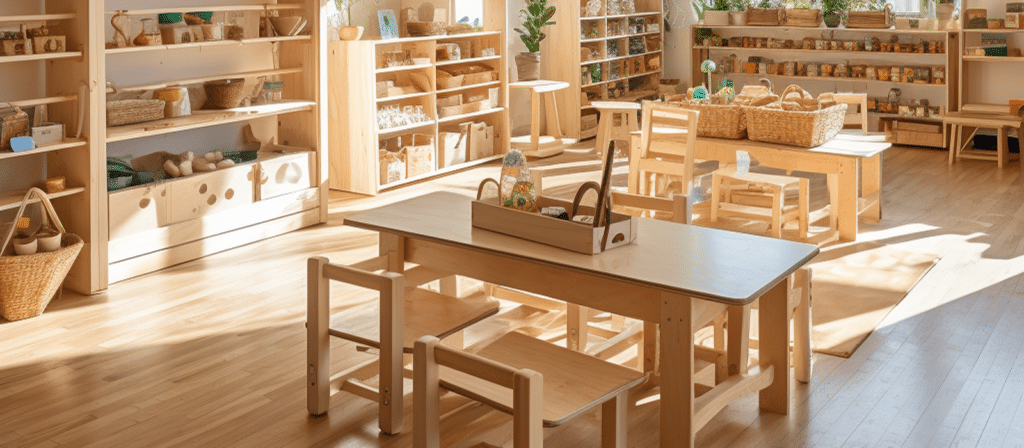
Are Technology Integration and Safety Compatible?
In today’s digital age, technology integration in preschool classrooms is becoming increasingly common. However, it is crucial to find a balance between technology and safety when it comes to furniture design.
Preschool furniture with built-in technology features, such as charging stations and cable management systems, allows for seamless integration of devices without compromising safety. Additionally, furniture with rounded edges and smooth surfaces minimizes the risk of accidents and injuries. Safety considerations should always be at the forefront when designing furniture for preschools, especially when technology is involved.
Can Aesthetics Ignite Imagination?
The aesthetic appeal of preschool furniture plays a significant role in creating an engaging and inspiring learning environment. Bright colors, playful designs, and themed furniture can ignite children’s imagination and make the learning experience more enjoyable.
Incorporating elements of nature, such as leaf-shaped tables or tree-inspired bookshelves, can create a sense of wonder and connection with the environment. Furniture with customizable features, such as whiteboards or magnetic surfaces, allows children to express their creativity and personalize their learning spaces. By combining functionality with visually appealing designs, preschool furniture can stimulate children’s imagination and foster a love for learning.
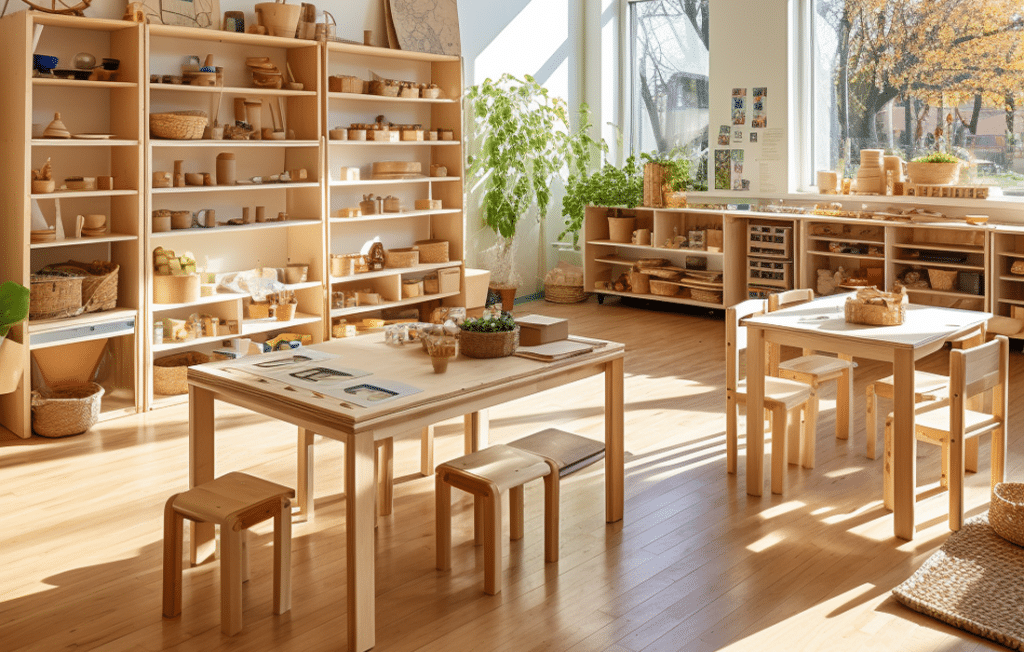
Conclusion
Preschool furniture design is evolving to meet the changing needs and demands of early childhood education. From ergonomic features and sustainability to flexibility and aesthetics, the latest trends in preschool furniture design are revolutionizing the way children learn and interact in their classrooms.

